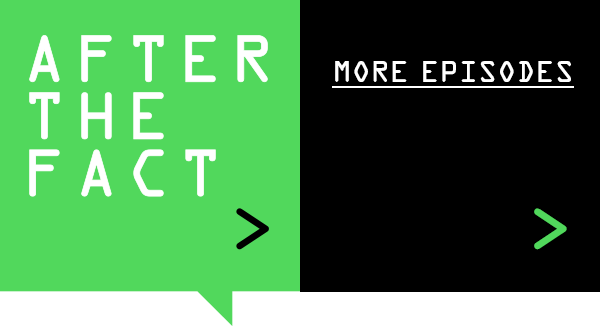Beyond Polarization: Where Americans Agree
Episode 134

Stat: 65%: The share of Americans who say they always or often feel exhausted when thinking about politics.
Story: Political polarization has become overwhelming for the majority of Americans, with most agreeing that more attention is being paid to partisan fighting than solving the nation’s problems. But there is hope. In this episode of “Beyond Polarization,” we speak with experts from Pew Research Center about how Americans view politics and opportunities to find common ground. We also talk to Mónica Guzmán about how her organization, Braver Angels, is teaching people how to dismantle divisions and disagree better.












